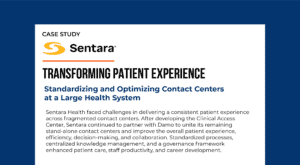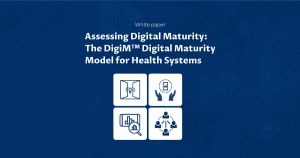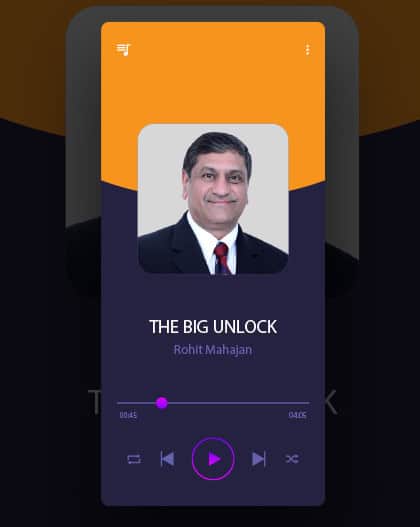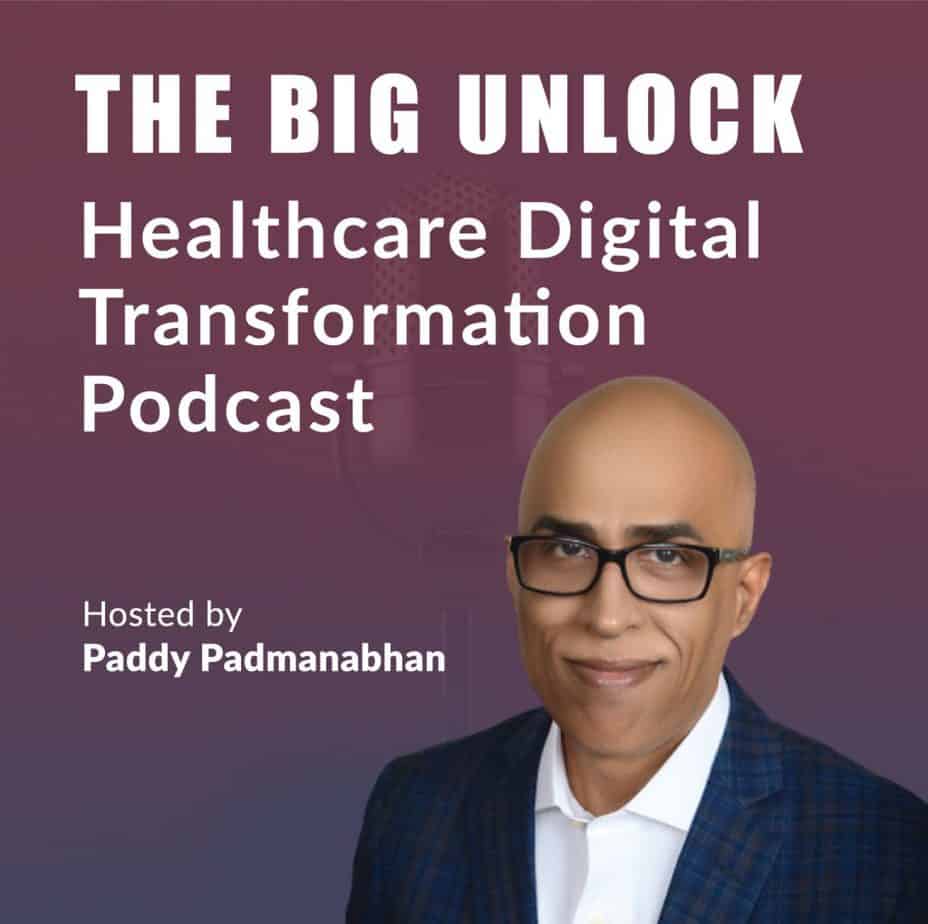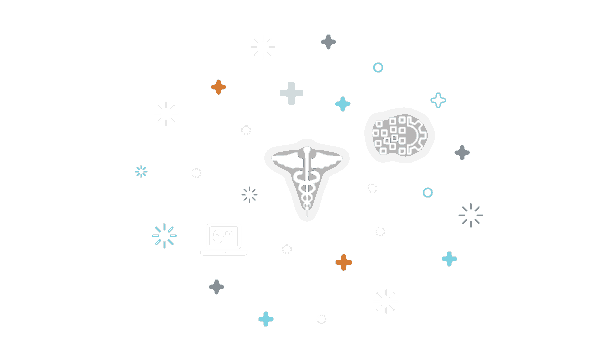Livongo and Teladoc merger: a catalyst for accelerating healthcare’s digital transformation

Are we in the midst of a broad-based restructuring of the digital healthcare sector?
When digital health companies Livongo and Teladoc announced their $38 billion merger earlier this month, there was a predictable gushing of praise for the deal and a sense of coming-of-age for digital health startups in general. “Perfect merger,” “huge leap forward for digital health,” were some of the phrases used to describe the merger. Both companies had reached a certain scale, had had successful IPOs, and were positioned very well in the aftermath of the pandemic to take advantage of the shift to virtual care.
In my recently published book Healthcare Digital Transformation (co-authored with Ed Marx), we discuss the fundamental drivers of digital transformation today in healthcare, namely:
- the pandemic’s impact on the shift to virtual care
- the accelerated adoption telehealth and remote monitoring technologies
- the emergence of non-traditional players that are getting aggressively into the primary care space.
Digital transformation time horizons have shrunk from years to months for health systems in the wake of the pandemic. In an article I published in this column just before the announcement of what is now commonly referred to as the “Teladongo” deal (that awful portmanteau), I point out that several structural issues must be overcome before telehealth adoption can be more widespread. The initial scramble to activate and operate a predominantly virtual care model in the immediate wake of the pandemic must give way to an assessment of the transformation efforts required to shift towards virtual care, the technology choices needed to sustain them, and the organization models necessary to execute them effectively. The merger of the two leading digital health companies creates a viable, at-scale entity that can provide an alternate platform for healthcare providers beyond core electronic health record (EHR) systems that offer superior functionalities and improved user experience for patients and providers alike.
The consolidation of the digital health technology landscape
Today, the digital health landscape is replete with point solutions that lack scale, need integration with core EHR systems, and require significant investments by client organizations to implement and run. In one health system that my firm recently worked with, we identified no less than 35 different digital engagement solutions, all focused on providing improved access to care for patients. The solutions required configuration and set-up for the client’s specific environment, integration with core EHR systems, and a significant effort for maintaining the interfaces. The costs of acquiring the licenses for the tools are often dwarfed by the costs of integrating the solutions, implementing process changes, and training large numbers of staff members.
Digital health startups, known for their innovation, struggle for the most part to achieve scale for their solutions due to the relatively low maturity of healthcare’s digital transformation and a large number of independently run hospitals and health systems that need to adopt their solution for a startup to reach critical mass. Livongo and Teladoc have achieved that rare distinction – they were already at-scale technology platforms looking to gain even more scale economies through aggregation. Both companies started with commercial payers and employer groups for early validity and are now positioned to expand deeper into the healthcare provider space.
Teladoc already has a significant presence in hospitals, many of whom are white-labeling the Teladoc platform for providing telehealth services, often using the Teladoc physician network to complement their network of doctors within the system.
Livongo’s proven success in remote management of chronic care, especially diabetes, now could be offered to health systems looking to manage their own populations remotely in a post-COVID-19 era. Given the long sales cycles in healthcare technology, an existing footprint of customers offers opportunities for cross-selling and accelerating growth.
If anything, the Livongo-Teladoc merger points to further aggregation in the digital health space as other digital health companies with competing and/or complementary solutions look increasingly likely to be acquired by the new entity, or become part of additional consolidation plays in the markets.
The fragmentation of digital transformation efforts in healthcare
The slow pace of digital transformation in healthcare is often due to organizational models and constraints within health systems. Ownership for digital transformation programs and digital health solutions is usually spread across multiple stakeholder groups. Telehealth may belong to a different group than one that is responsible for digital front doors or remote monitoring programs. In the absence of a common governance layer, multiple transformation roadmaps across IT and functional groups run in parallel, and programs and are often implemented without a rigorous evaluation of possible synergies. The result is fragmented user experience, higher costs, and process inefficiencies.
Many leading health systems are seeing virtual care as the future. They realize that they can achieve increased patient flow through higher utilization of specialties and sub-specialties from telehealth consults. They can also achieve improved efficiencies in population health management through remote monitoring programs that can deliver longer-term ROI for organizations through convenience, cost savings, and better healthcare outcomes. Companies like Teladoc and Livongo sit at the confluence of several forces that are collectively pushing the industry forward in adopting virtual care models, and doing it efficiently and with speed.
As digital transformation accelerates, the leading health systems will look for scalable, proven solutions that can perform a broad range of functions under a single umbrella. After decades of technology sprawl, healthcare IT environments are consolidating their platforms for scale, standardization and cost savings.
Mid-tier systems that are constrained by management resources, budgets, technical debt and other factors, have a unique opportunity to consolidate all efforts under a single leadership structure. One health system we worked with has set up a committee of three senior executives, including the CIO, who makes decisions for the organization’s digital roadmap. Regardless of the organizational structure, healthcare organizations must get out of their own way to allow digital transformation to succeed.
With non-traditional competitors such as Walgreens, Walmart, and CVS-Aetna steadily moving into the primary space, health systems must unite internally (and possibly among each other) to address the competitive challenges head on and prepare for a digital future. The consolidation in the digital health solution provider landscape may well be the catalyst for a broad-based restructuring of the healthcare sector and the acceleration of digital transformation.

